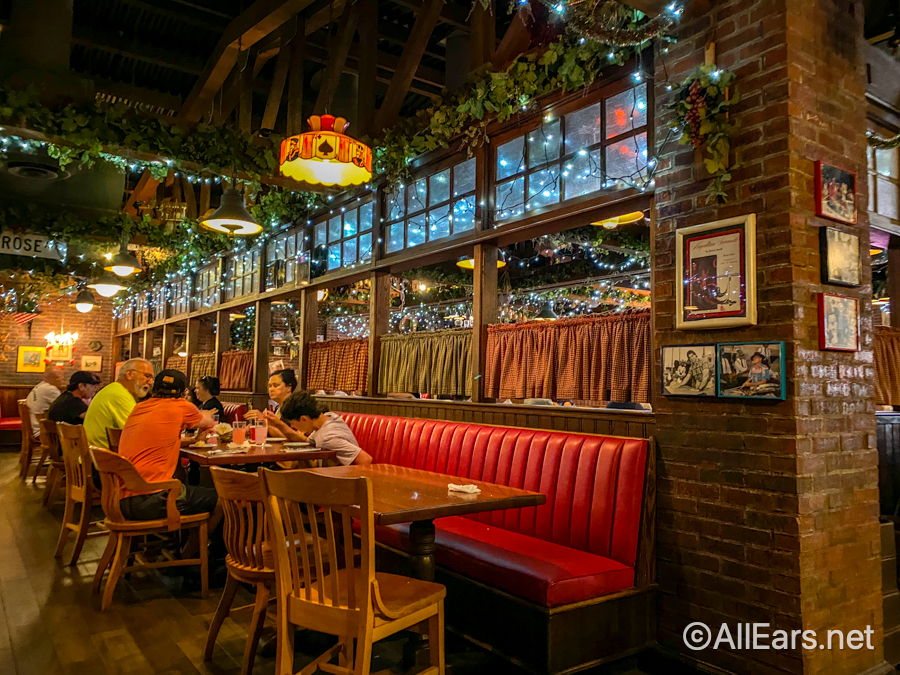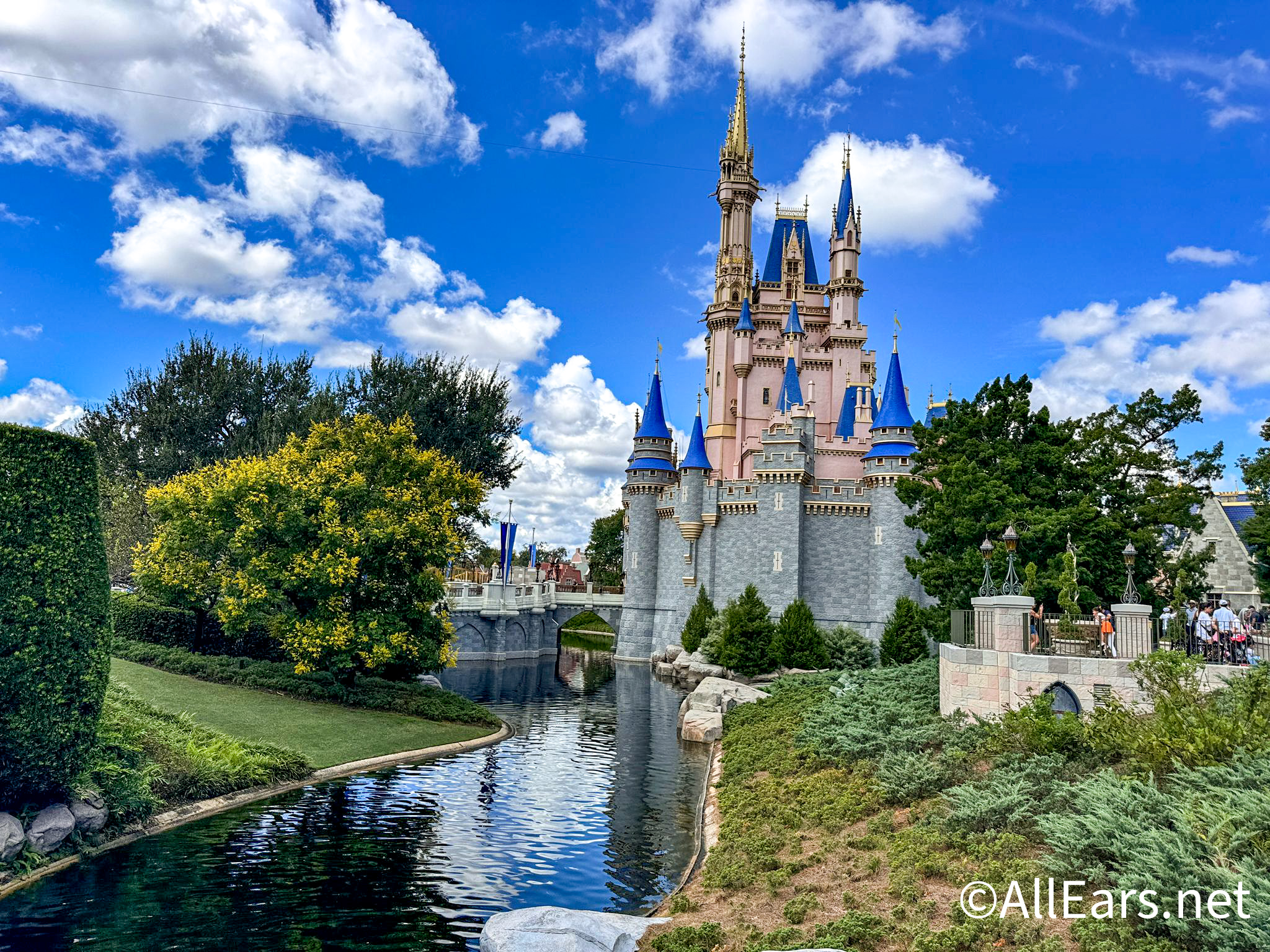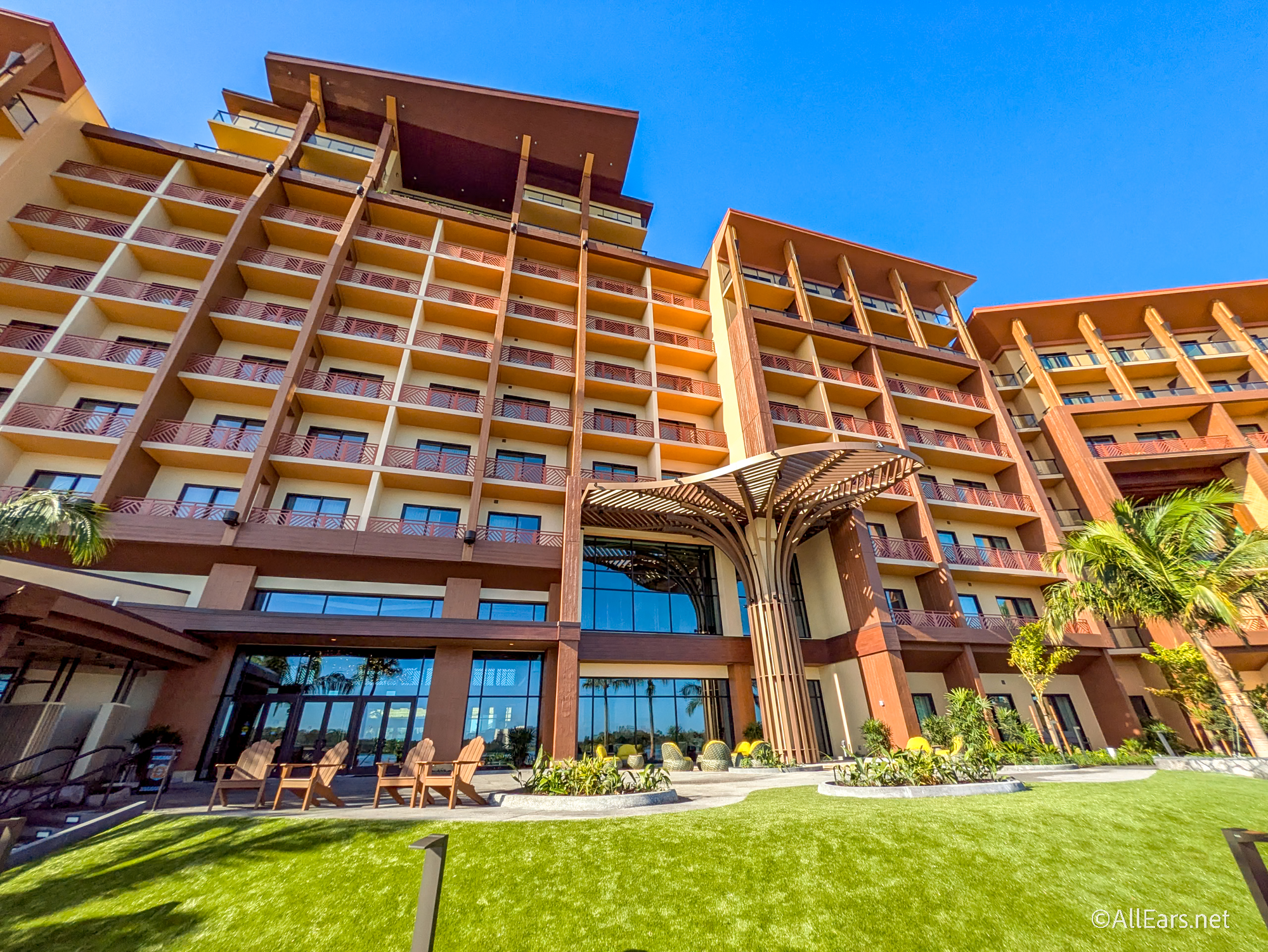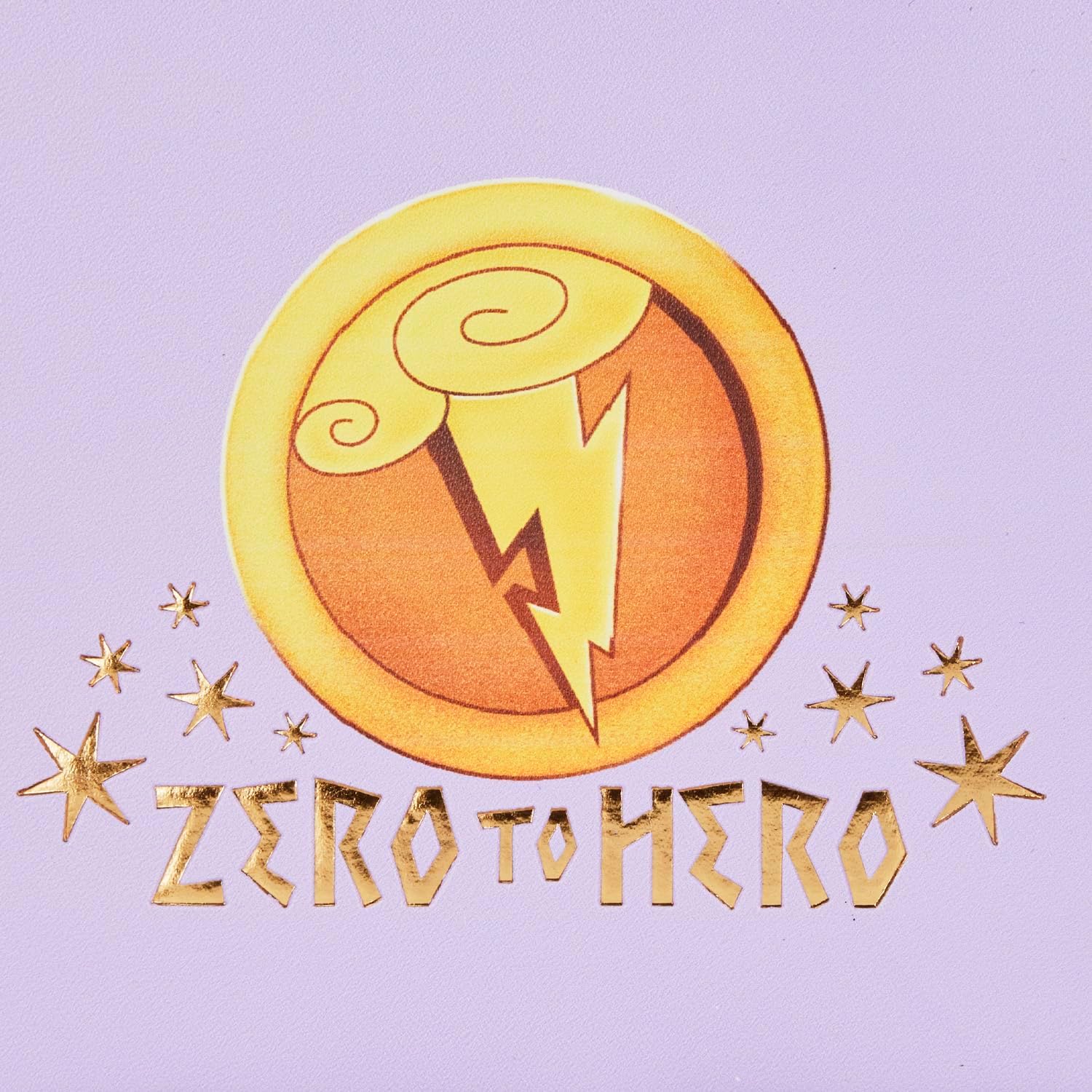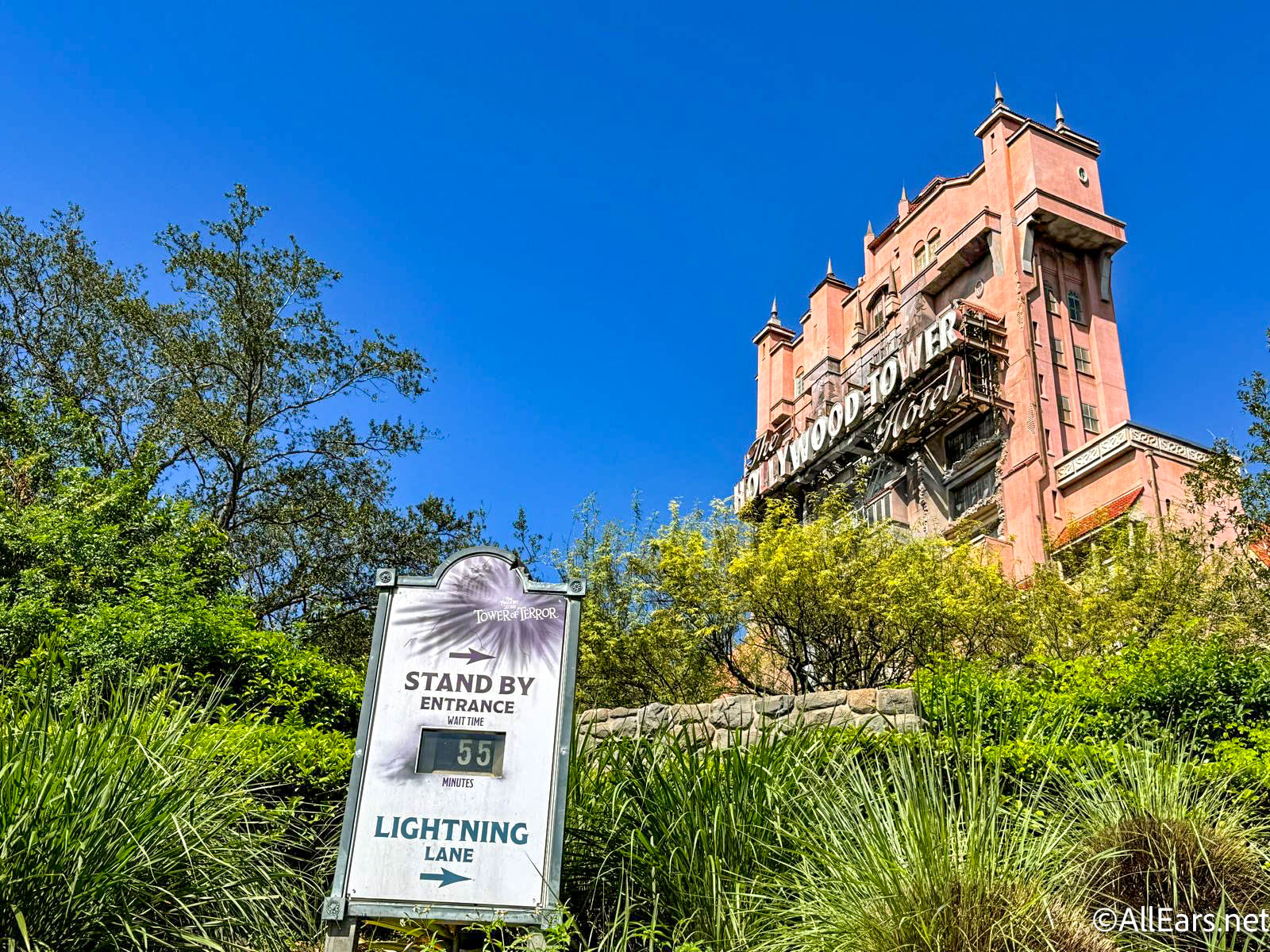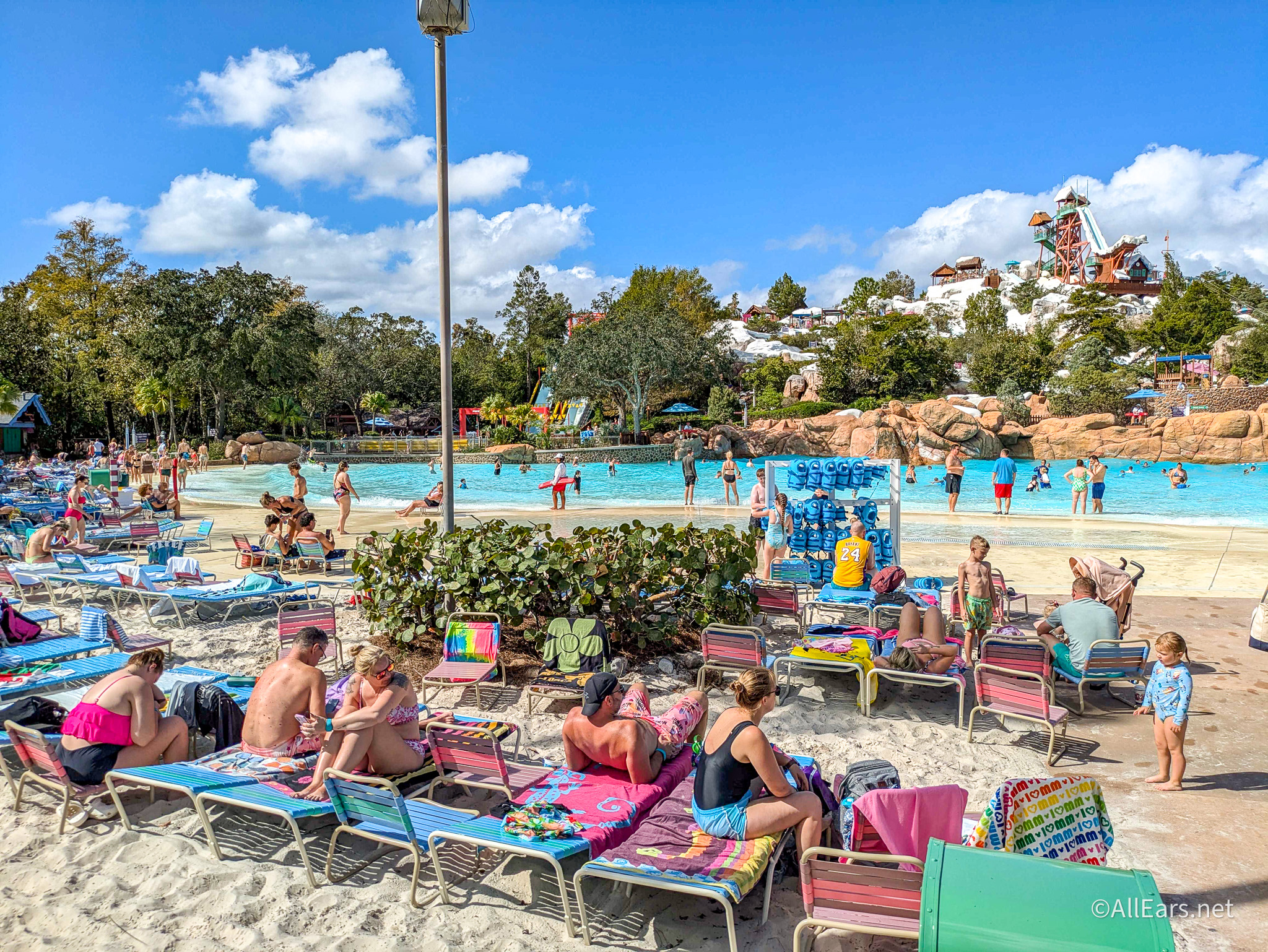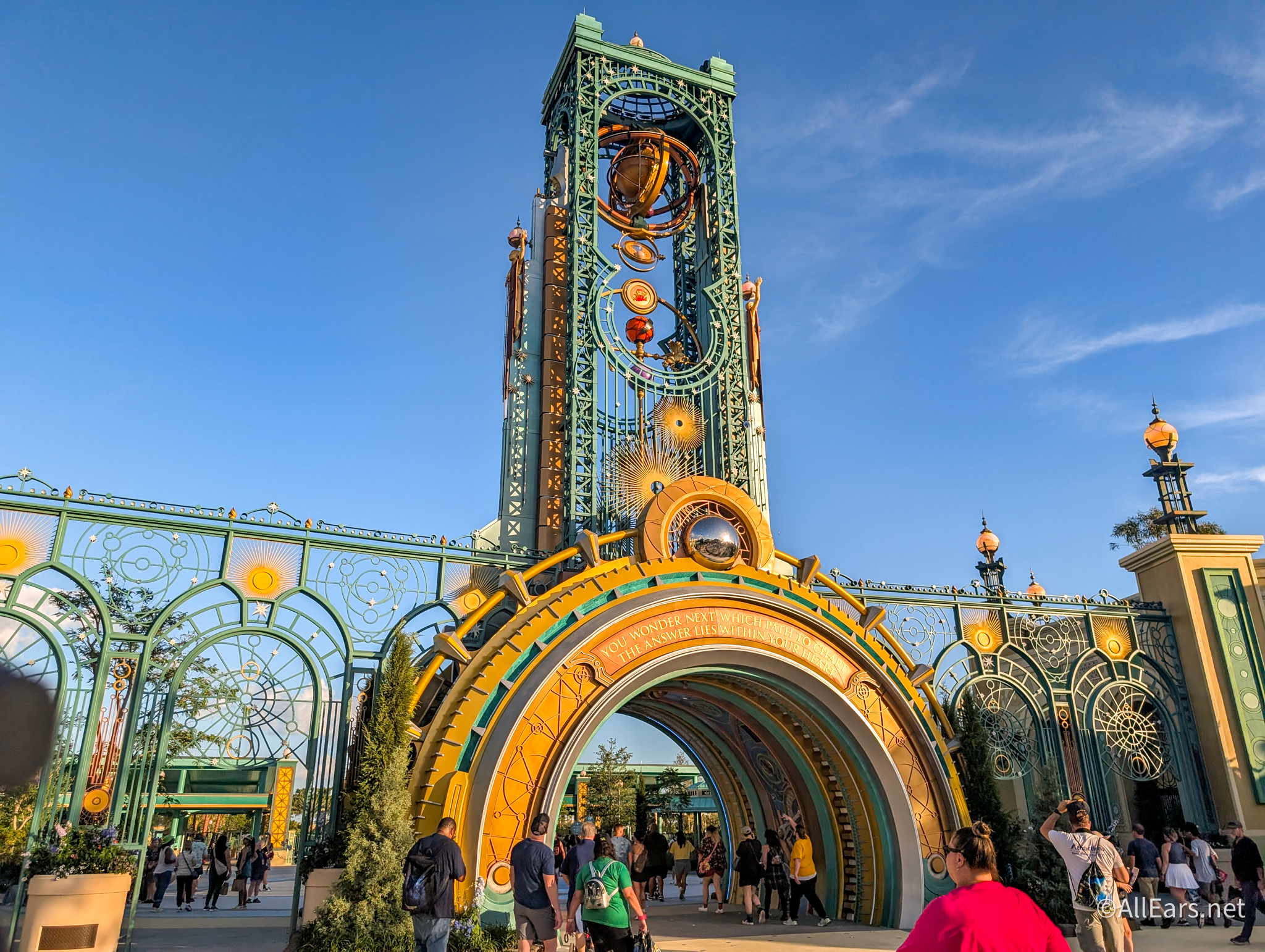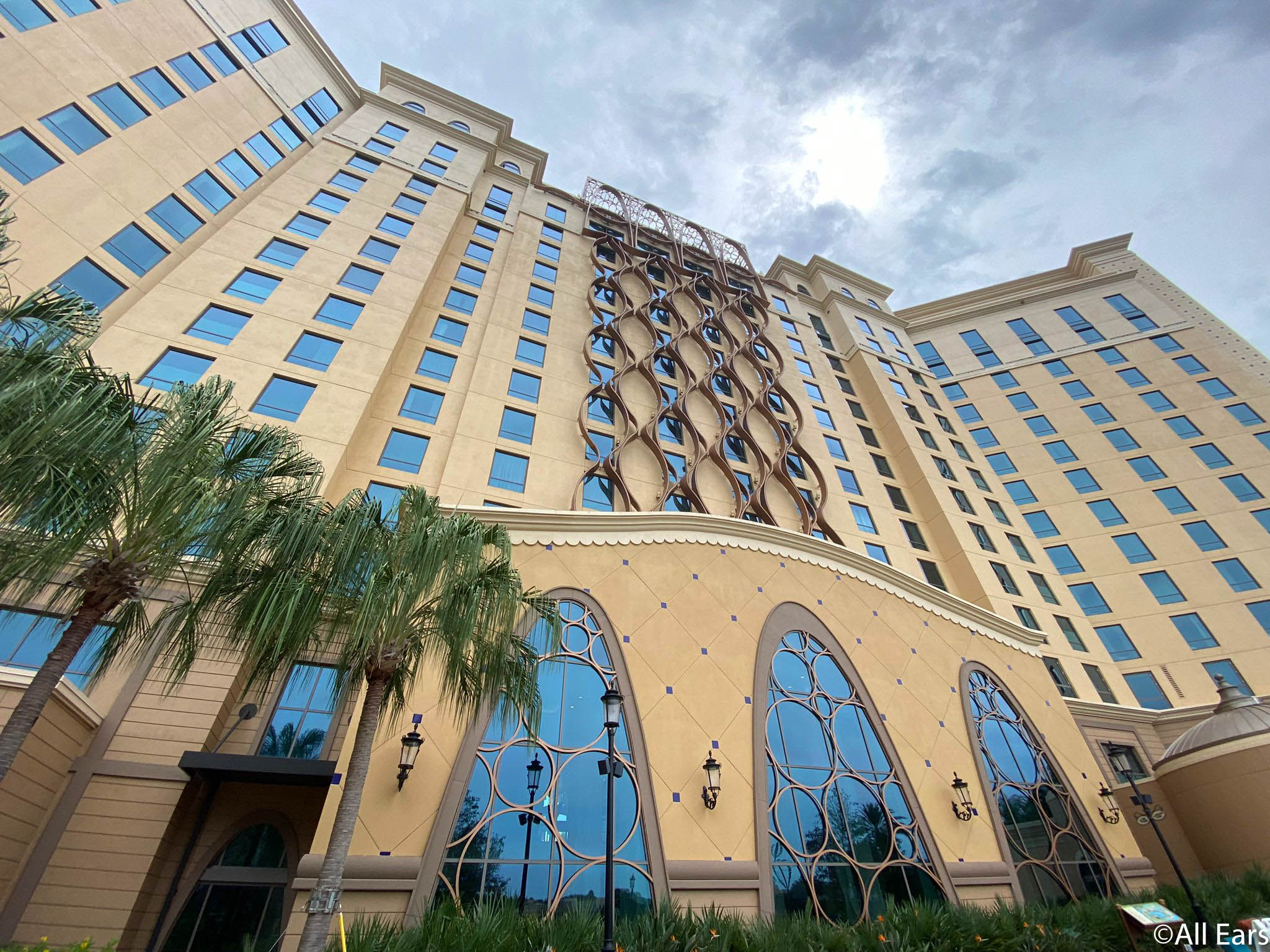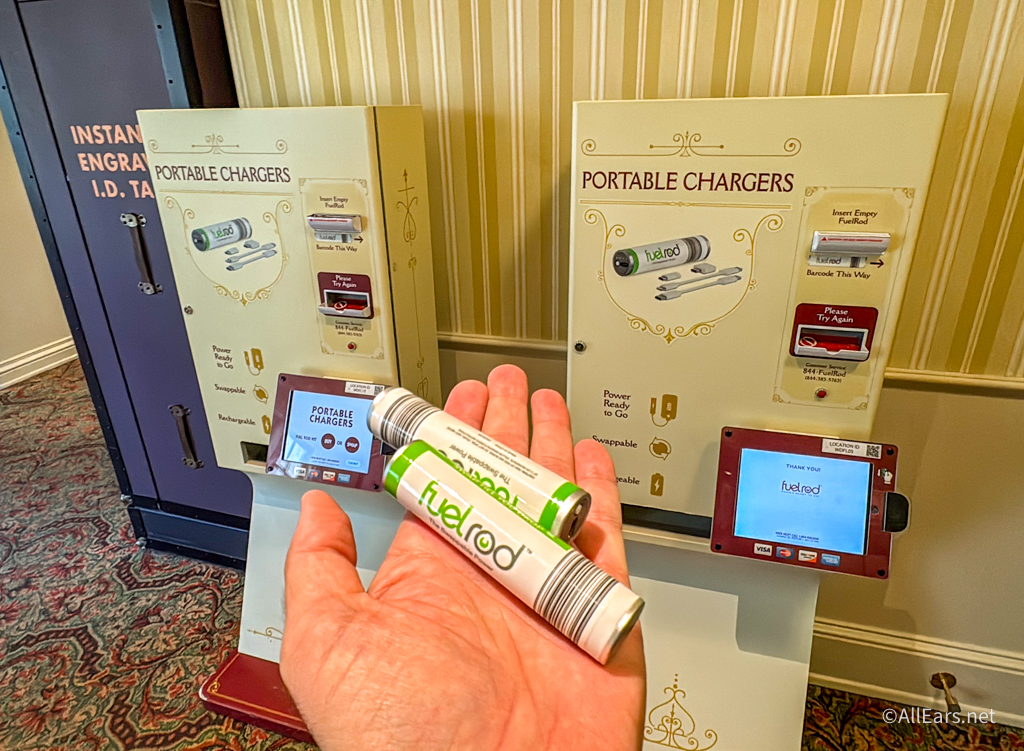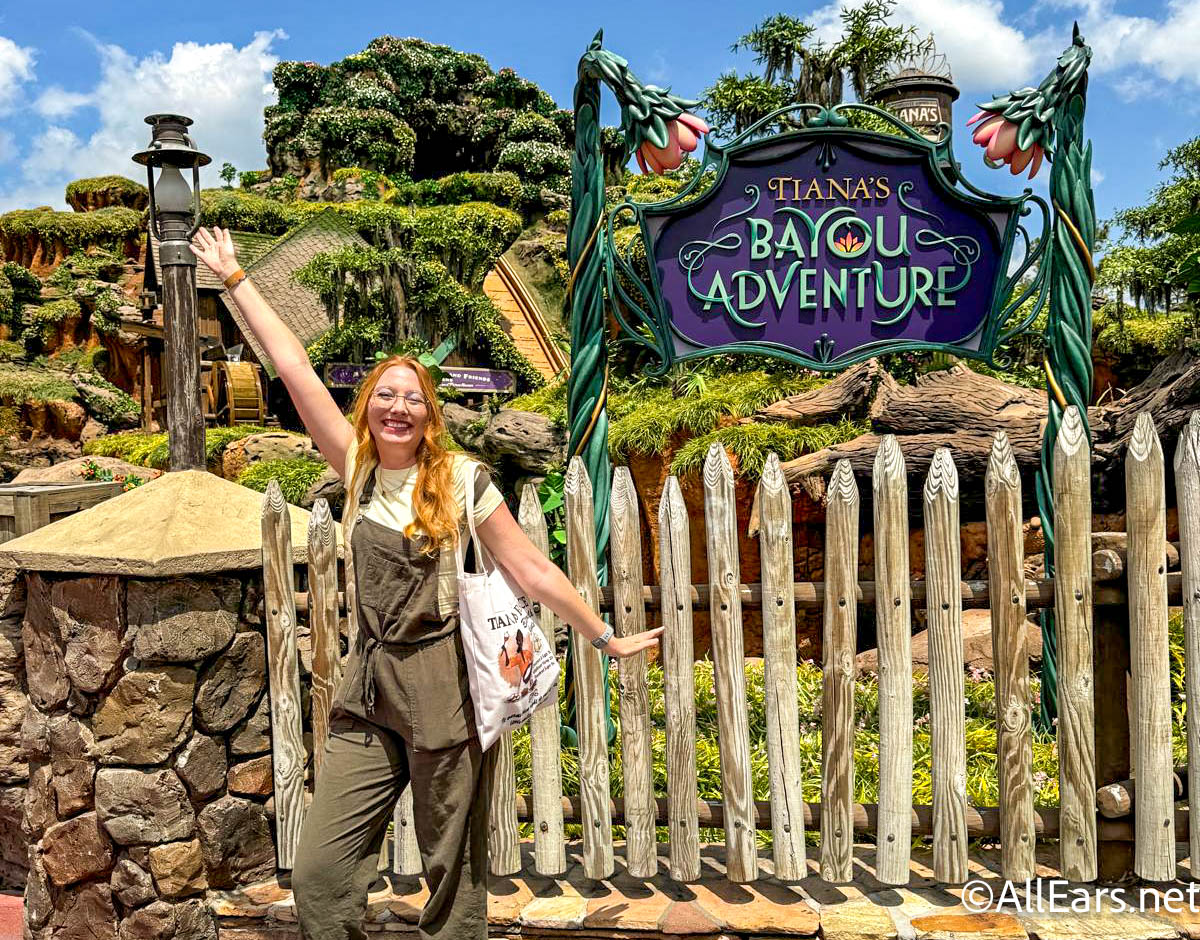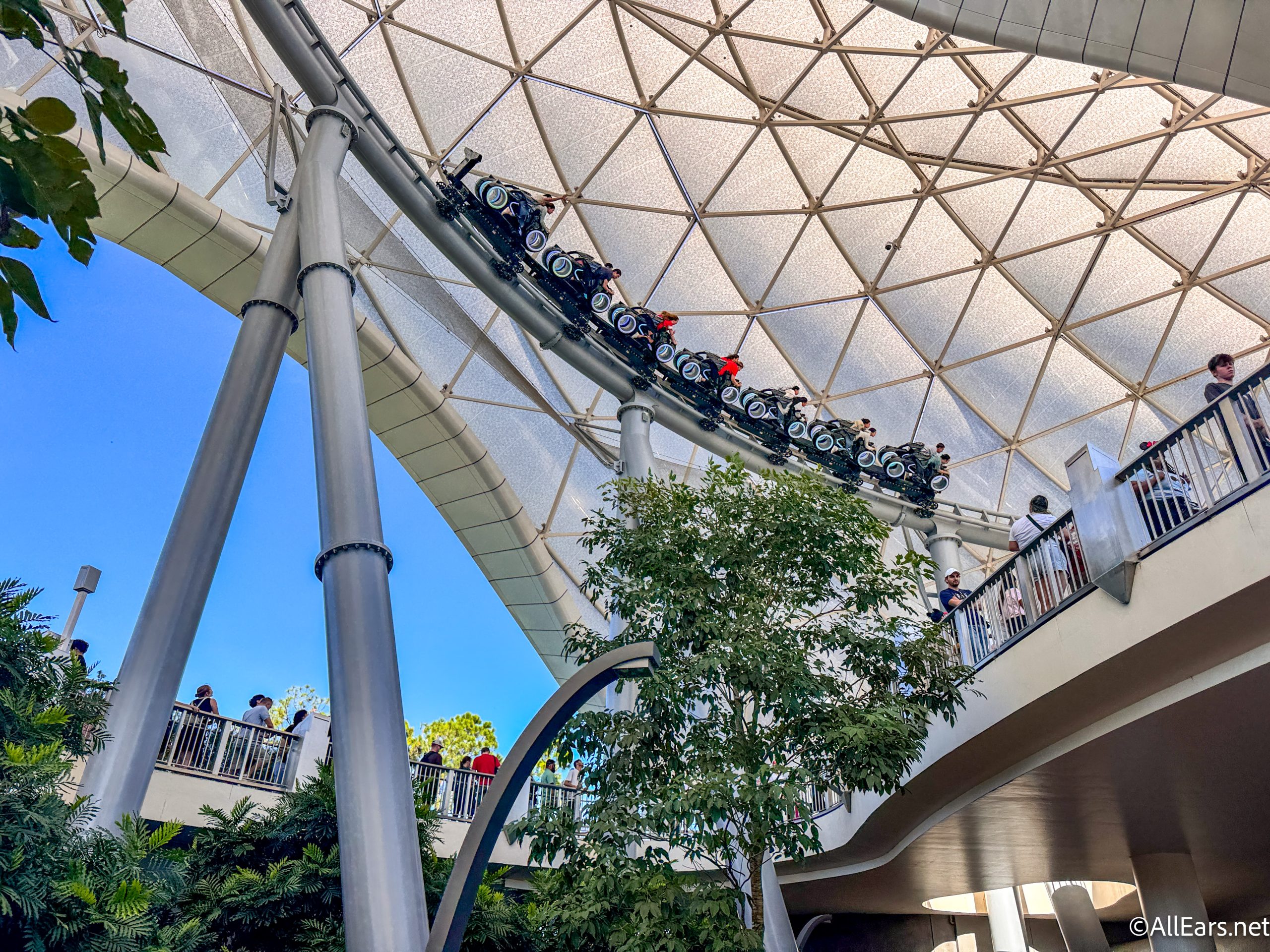The Not-So-Scary Story of Disneyland’s Halloween Tree
by
Joan Feder
Feature Article
This article appeared in the October 13, 2020 (#1106) edition of ALL EARS®
Editor’s Note: This story/information was accurate when it was published. Please be sure to confirm all current rates, information and other details before planning your trip.
One iconic Disneyland display is the Halloween Tree. This majestic oak stands in front of the Golden Horseshoe Saloon in Frontierland. Every year since 2007, it has been draped in glowing orange lights and hand painted jack-o’-lanterns. It is a tribute to the great American writer, Ray Bradbury.
Why Ray Bradbury, and why a Halloween Tree?
Ray Bradbury wrote in a variety of genres including science fiction, horror, fantasy, and mystery. He published over 35 books and more than 600 short stories. Some of his most famous works are Fahrenheit 451, The Martian Chronicles and Dandelion Wine.
Bradbury was born in Waukegan, Illinois on August 20, 1920. He was a fervent and lifelong Disney fan. As a boy, he went to see Snow White and the Seven Dwarfs not once, not twice, but EIGHT times during the first two weeks of its release. He admitted that he only paid twice—he snuck in the other six times.
Ray was a fan of Disneyland as well. Bradbury wrote a letter to the editor defending the park in 1958. In response to an unflattering article titled Disneyland and Las Vegas, Bradbury called Disneyland “an experience of true delight and wonder.” This was an informal start to his involvement with the Disney organization, which would eventually span decades.
In 1964, he ran into Walt Disney while they were both Christmas shopping. They hit it off immediately and soon after met for lunch at Walt’s office.
It was supposed to be a brief chat, lasting for less than an hour. The informal meal started with soup and sandwiches served on an old card table.
Ray entertained Walt with the story of his first trip to Disneyland. He went with actor Charles Laughton, who played Captain Bligh in 1935’s Mutiny on the Bounty. Together they enjoyed a trip to the moon, sailed on the Jungle Cruise and flew over London aboard Peter Pan’s Flight.
Walt then showed Ray around the Studio. They looked at partially constructed audio-animatronics, including several Pirates of the Caribbean and the figure of Abraham Lincoln. They also took a ride on a prototype PeopleMover.
The meal was scheduled to end at one. It was after three by the time Walt’s secretary made him wrap things up and go back to work.
This was the beginning of a beautiful relationship. Ray and Walt met many times over the next couple of years, bouncing ideas around. According to Ray, their “quiet friendship” was the result of their mutual respect for each other’s work.
It was during one of these sessions that Walt told Ray, “Nothing has to die.” He was talking about the 1964/65 New York World’s Fair. Disney had several projects there including “it’s a small world.” Bradbury had also been involved, writing a script about American history for the U.S. Pavilion.
All together the Fair had more than 140 pavilions, representing 80 countries. It was scheduled to be torn down by the end of 1965. Disney thought it was a terrible waste. Bradbury agreed.
It was then that Walt revealed his idea for a new kind of World’s Fair. One that would never end but would continue to grow and change over time. This concept would later become the basis of the World Showcase at Epcot.
During other visits, Bradbury got to meet many of the people who helped create Disney movie and theme park magic. Ray was more than happy to contribute his input and thoughts on several different projects.
Walt appreciated Ray’s help and repaid him by making every Disney nerd’s dream come true: he opened up the vaults. Bradbury got to go the the Animation Building’s “morgue”— a predecessor to the Disney Archives. Walt let him choose 20 items. Recalling it in 1983, Ray said, “I still cherish those items in my house, and I remember that as a great day in my life.”
Ray’s connection to Disney continued even after Walt’s death. He was instrumental in the development of Epcot. As Bradbury said,” I wanted to put in some of the ideas Walt and I talked about many years ago.”
Bradbury did just that and more. He even worked on the original script for Spaceship Earth.
Some of Bradbury’s ideas also found their way to Disneyland Paris. His suggestions were incorporated into the design plans for both Phantom Manor and the Orbitron.
Additionally, Ray wrote the screenplays for two Disney films. First was 1983’s Something Wicked this Way Comes. But Bradbury’s favorite was The Wonderful Ice Cream Suit (1998) which he once said was “the best film I’ve ever made.”
Disney, in turn, had an impact on some of Bradbury’s work. As a kid, Ray saw one of the Studio’s Silly Symphonies—1929’s The Skeleton Dance. Bradbury credited that short with beginning his lifelong love of Halloween. As an author, it was only natural that he turned that fascination into a book, his 1972 novel, The Halloween Tree.
It is the story of a group of boys who are going to go trick-or-treating. They are supposed to meet their friend, Pipkin, at a haunted house on the edge of town. It is there that they find The Halloween Tree.
According to the book, “There must have been a thousand pumpkins on this tree, hung high and on every branch. A thousand smiles. A thousand grimaces. And twice-times-a-thousand glares and winks and blinks and leerings of fresh-cut eyes.”
The story soon takes a turn for the worse: Pipkin disappears! The boys search for him with the help of the owner of the haunted house, the creepy and cadaverous Mr. Moundshroud. He takes them on an adventure through time that ranges from Ancient Egypt to Medieval Paris and beyond. Along the way, the boys learn the history of Halloween.
For years after it was published, Ray Bradbury dreamed that an actual Halloween Tree might find a home at Disneyland. To mark the 35th anniversary of the book, Disney honored him by making his wish a reality.
This initial Halloween Tree was hand decorated by some famous Disney Imagineers. According to Brad Kaye, Creative Entertainment art director at Disneyland, “For the first year, Tony Baxter, Kim Irvine, and I sat in front of the Golden Horseshoe late one night and ‘magic-markered’ all the pumpkins.”
The celebration in Ray’s honor was held on October 31, 2007. It started with a dinner at Club 33 in Disneyland’s New Orleans Square. Ray told many stories including several tales of his friendship with Walt.
After dinner, the party adjourned to Frontierland for the dedication ceremony. Bradbury flipped the switch that lit the Halloween Tree for the very first time. “I belong here in Disneyland,” he said, “ever since I came here 50 years ago. I’m glad I’m going to be a permanent part of the spirit of Halloween at Disneyland.”
Ray had the chance to visit his tree several more times before he died in 2012. He was 91 years old.
A plaque was installed at the base of the tree to commemorate the dedication. It reads: “On the night of Halloween 2007, this stately oak officially became ‘The Halloween Tree,’ realizing famed author Ray Bradbury’s dream of having his symbol for the holiday become a part of Disneyland.”
It was the first, but Disneyland’s is not the only Halloween Tree. In years past, there have also been versions on the each of the four Disney Cruise Line ships.
Unfortunately, this year Disneyland is closed, and the ships aren’t sailing. Here’s hoping that all of the Halloween Trees will be lit when we celebrate on October 31st next year.

